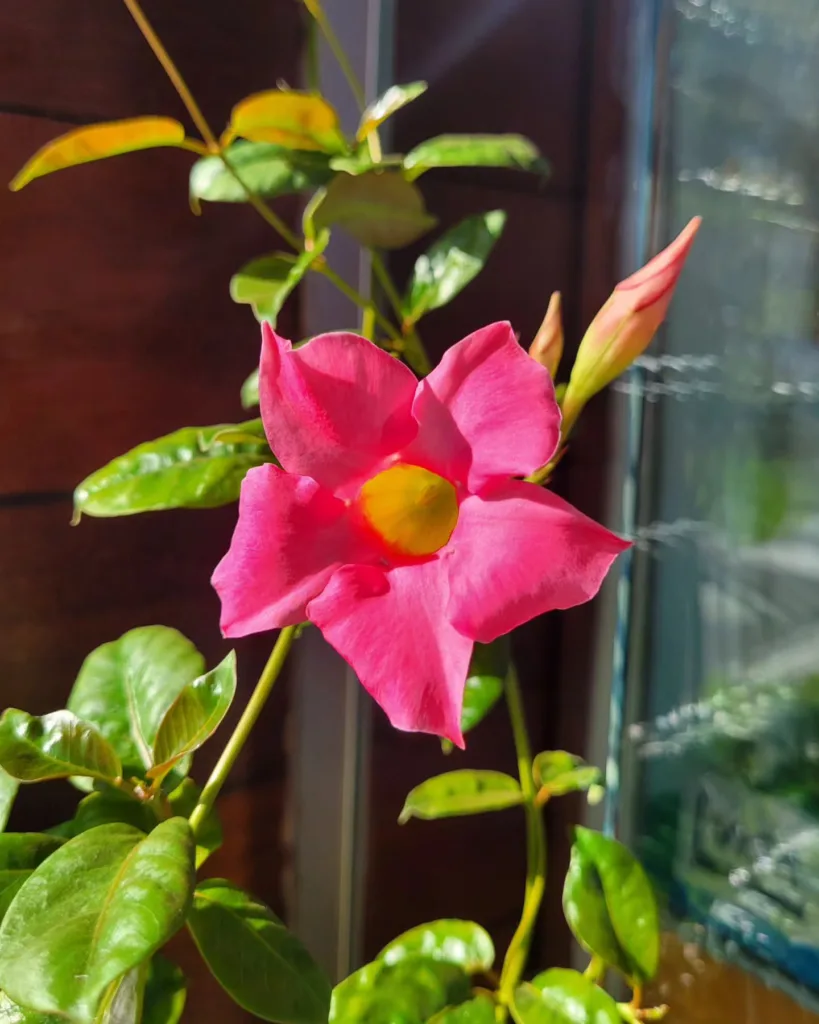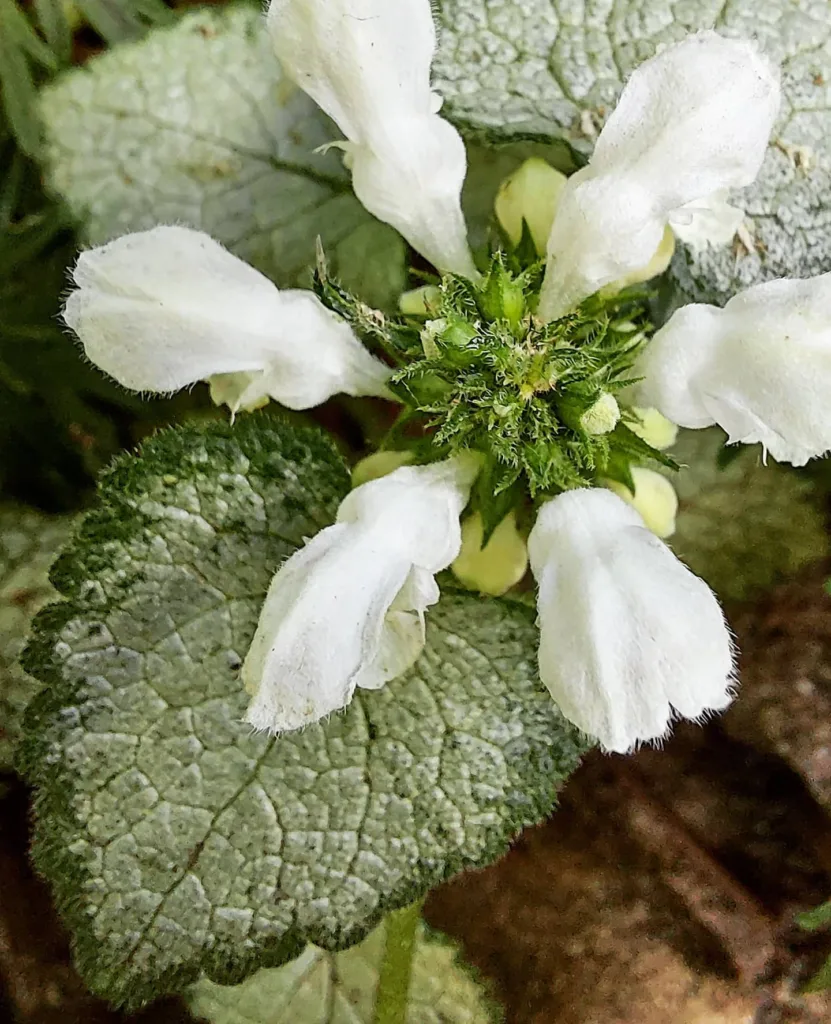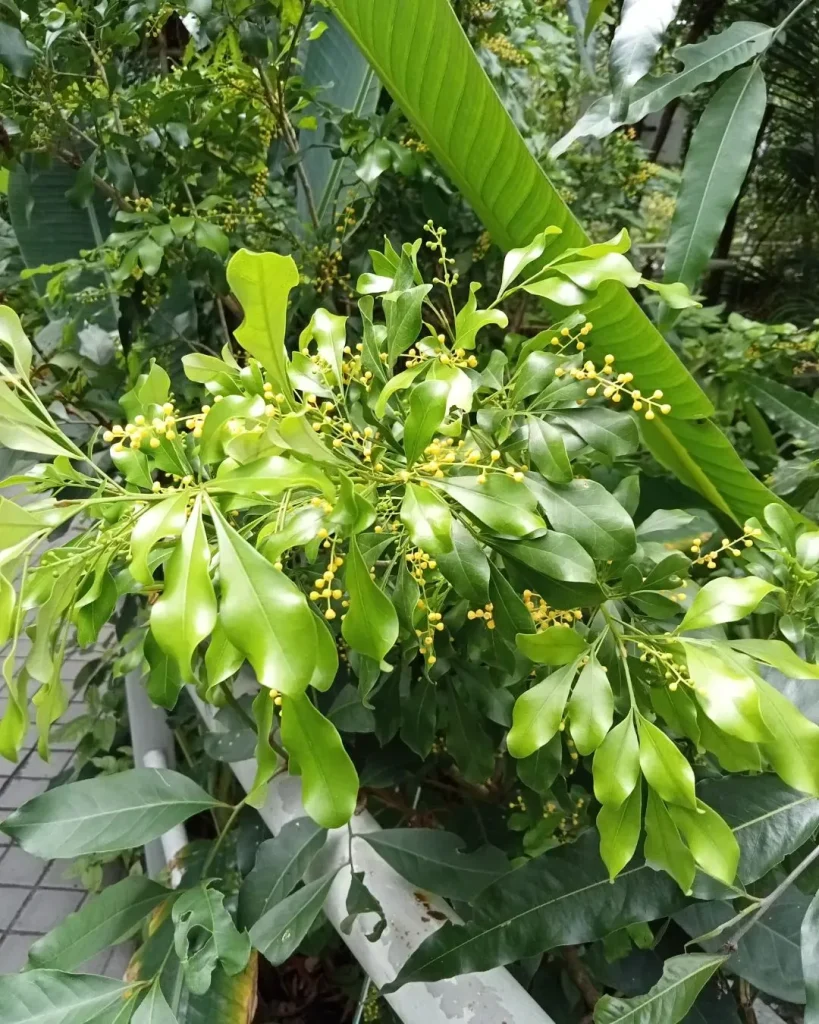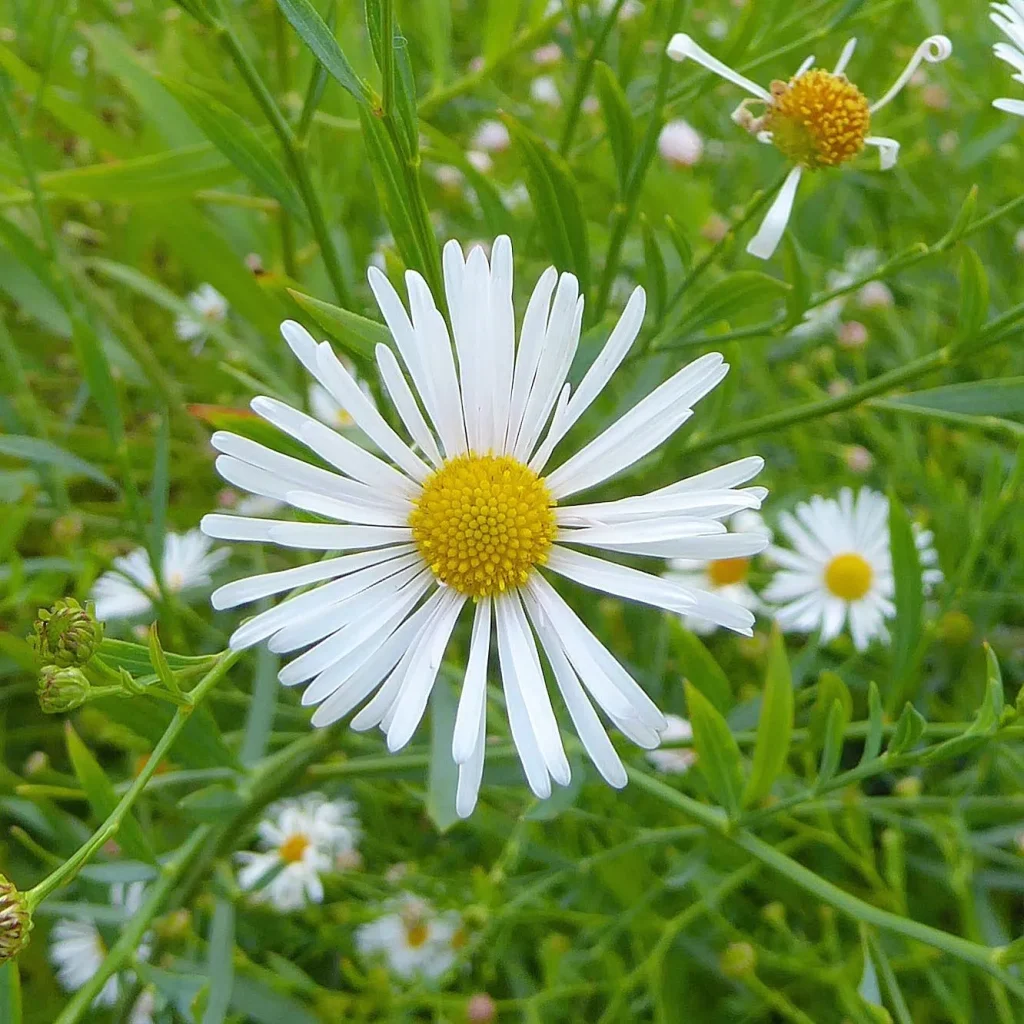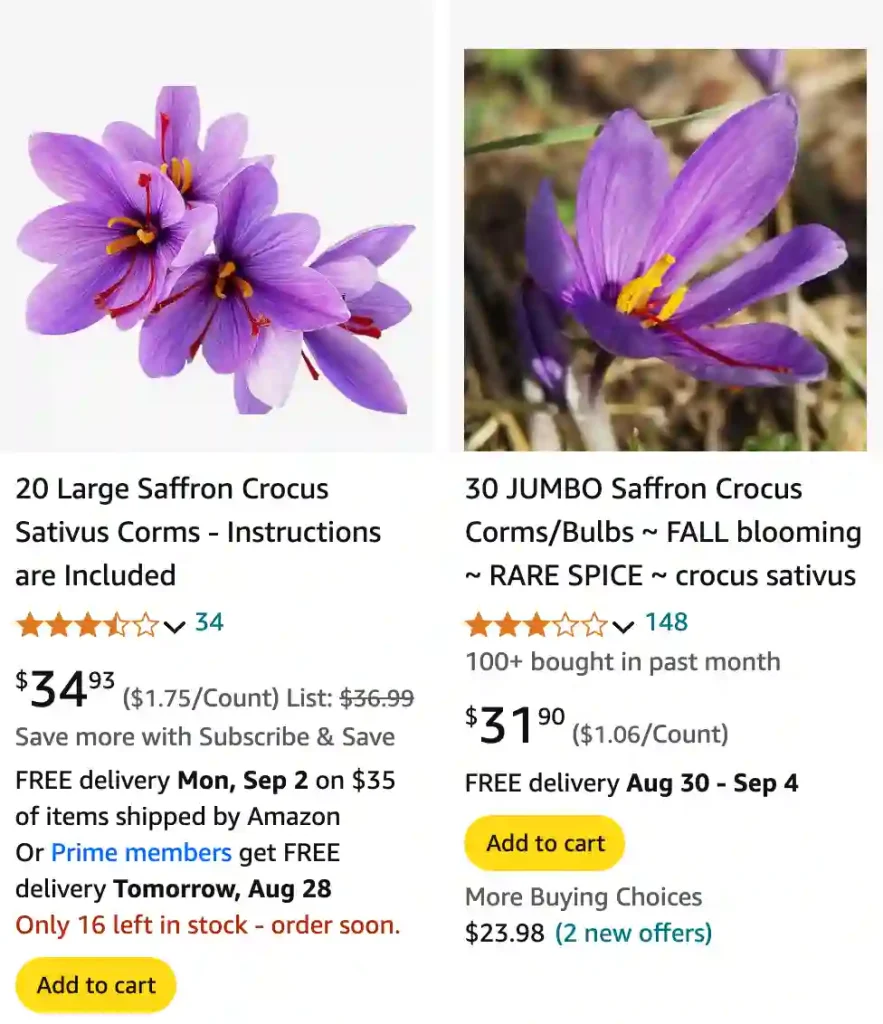
FAQs About Crocus Sativus: A Comprehensive Guide
Crocus Sativus, commonly known as the saffron crocus, is a fascinating plant that has intrigued gardeners and culinary enthusiasts alike. From its unique growing requirements to its prized spice, saffron, there is much to learn about this plant. Below, I answer some frequently asked questions about Crocus Sativus, based on my own experiences and research.
252 Species in Genus Crocus
What is Crocus Sativus?
Crocus Sativus is a flowering plant known for producing saffron, the world’s most expensive spice. The plant is a member of the iris family and features vibrant purple flowers with vivid red stigmas. These stigmas are harvested to create saffron, which is used in cooking, medicine, and even dyeing. Each flower produces only three stigmas, making saffron a labor-intensive crop.
How to Grow Crocus Sativus?
Growing Crocus Sativus requires attention to detail, as it thrives in specific conditions. The plant prefers well-drained soil and full sunlight. Plant the bulbs about 4 inches deep and 4-6 inches apart to give them enough space to grow. They thrive in a Mediterranean climate, with hot, dry summers and cool, wet winters. Ensure the soil is not too moist, as this can cause the bulbs to rot.
Where to Buy Crocus Sativus Bulbs?
You can purchase Crocus Sativus bulbs from reputable garden centers or online stores specializing in bulbs. When buying bulbs, look for ones that are firm and free from mold or rot. I always ensure to buy from sellers who specialize in saffron crocus to guarantee the quality and authenticity of the bulbs.
When to Plant Crocus Sativus?
The best time to plant Crocus Sativus is in the fall, ideally from September to early November. Planting in the fall allows the bulbs to establish roots before the winter. This timing also aligns with the plant’s natural growth cycle, ensuring healthy blooms in the spring.
When Does Crocus Sativus Bloom?
Crocus Sativus typically blooms in the autumn, usually around October or November. The flowers are short-lived, lasting only a couple of weeks, but their beauty and the valuable saffron they produce make the wait worthwhile.
What is Crocus Sativus Used For?
The primary use of Crocus Sativus is for harvesting saffron, which is widely used as a spice in cooking. Saffron adds a unique flavor and color to dishes like paella and risotto. Beyond culinary uses, saffron has been used in traditional medicine to treat various ailments, including depression and premenstrual syndrome. Additionally, it has been used as a natural dye due to its rich, golden color.
Are Crocus Sativus Perennial?
Yes, Crocus Sativus is a perennial plant. Once established, the bulbs will bloom year after year. However, for optimal saffron production, it’s often recommended to lift and divide the bulbs every few years. This helps prevent overcrowding and maintains the quality of the saffron produced.
How to Grow Crocus Sativus Hydroponically?
Growing Crocus Sativus hydroponically is possible, though it requires careful management of water and nutrients. Use a well-draining medium, like perlite, and ensure the roots are exposed to just enough moisture without becoming waterlogged. Nutrient solutions must be carefully balanced to provide the essential minerals that the plants would normally get from the soil.
How to Grow Crocus Sativus in Pots?
Growing Crocus Sativus in pots is a great option for those with limited space. Choose a pot with good drainage and fill it with well-draining soil. Plant the bulbs about 4 inches deep, with enough space between them to avoid overcrowding. Place the pot in a sunny location, and water sparingly to prevent the bulbs from rotting.
How to Grow Crocus Sativus Indoors?
Growing Crocus Sativus indoors is similar to pot cultivation but requires ensuring adequate sunlight. Place the pots near a south-facing window or use grow lights to provide the necessary light. Indoor growing allows for better control of temperature and moisture, which can be beneficial for this sensitive plant.
How to Harvest Crocus Sativus?
Harvesting saffron from Crocus Sativus is a delicate process. Once the flowers bloom, pick them early in the morning when the petals are still closed. Carefully remove the stigmas from each flower using tweezers. Dry the stigmas in a cool, dark place, then store them in an airtight container. Freshly harvested saffron has the best flavor and aroma.
Is Crocus Sativus Poisonous?
Crocus Sativus itself is not poisonous, but it is important not to confuse it with similar-looking plants, such as Colchicum Autumnale (autumn crocus), which is toxic. Always ensure you correctly identify the plant before using it. The saffron produced from Crocus Sativus is safe to consume in moderate amounts.
Crocus Sativus vs. Colchicum Autumnale
Crocus Sativus and Colchicum Autumnale are often confused due to their similar appearance, but they have distinct differences. Crocus Sativus blooms in the fall and produces saffron, whereas Colchicum Autumnale, also known as autumn crocus, blooms in late summer to fall and does not produce saffron. Furthermore, Colchicum Autumnale contains toxic alkaloids, making it dangerous to consume. Always be sure of the plant’s identity before use.
Conclusion
Crocus Sativus is a rewarding plant to grow, offering both beauty and the valuable spice saffron. Whether you’re growing it in the garden, in pots, or even indoors, understanding its needs and characteristics is key to success. With careful attention to planting, growing, and harvesting, you can enjoy the vibrant flowers and precious saffron from your own Crocus Sativus plants.
If i die, water my plants!
